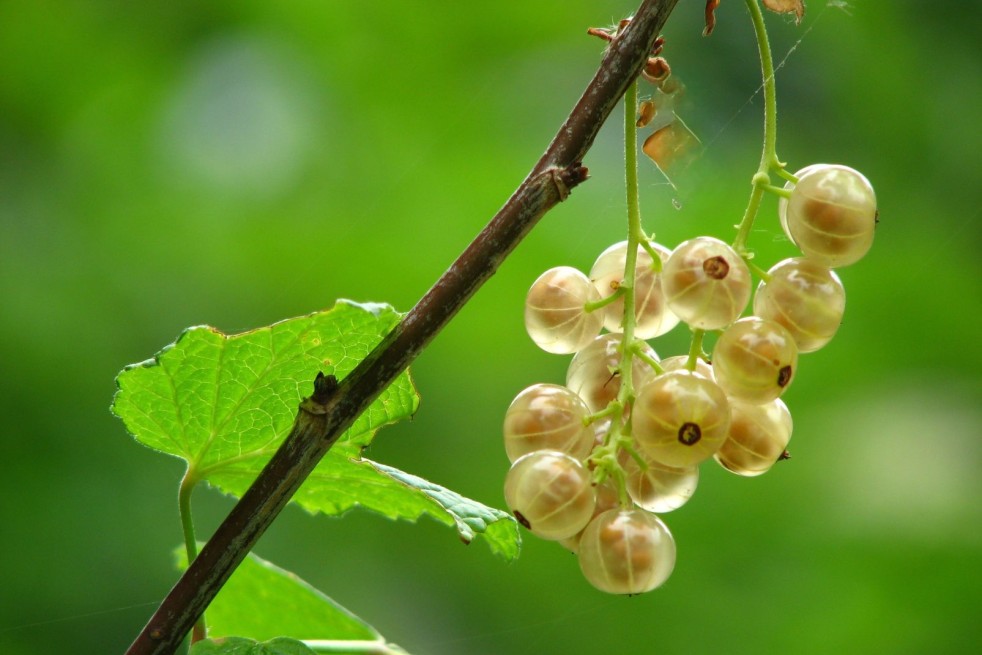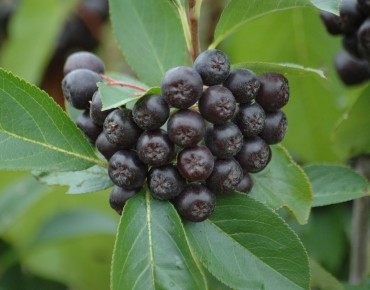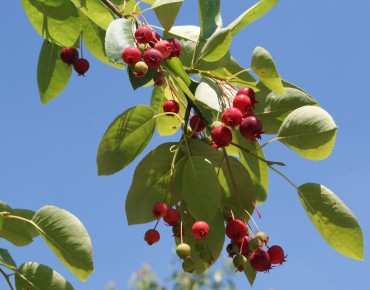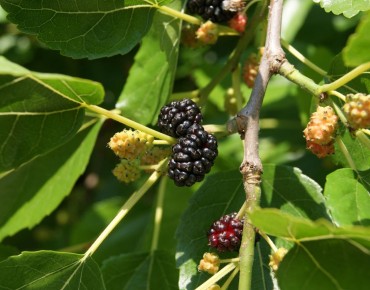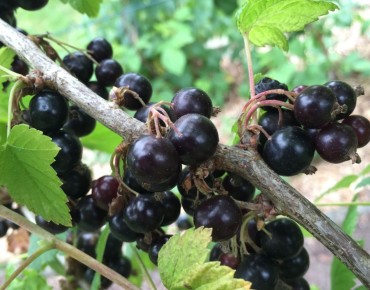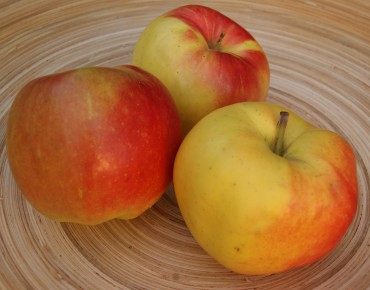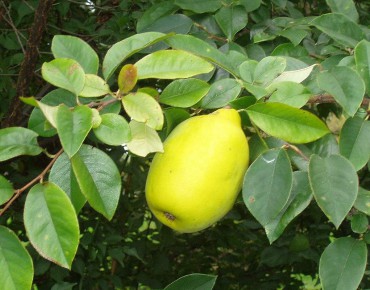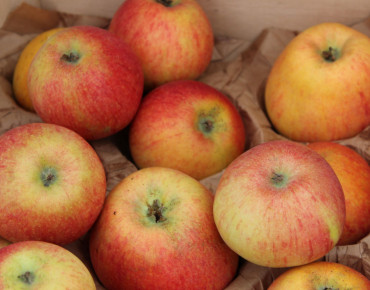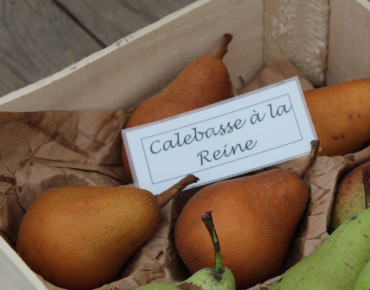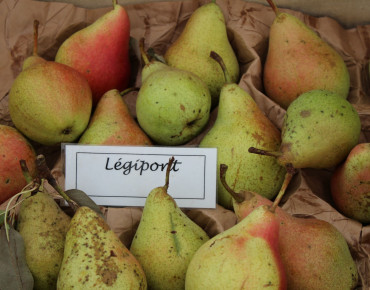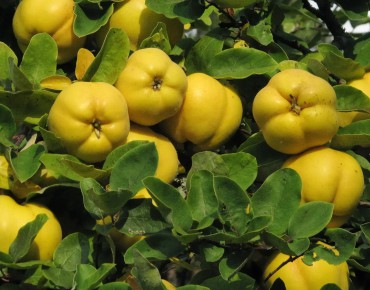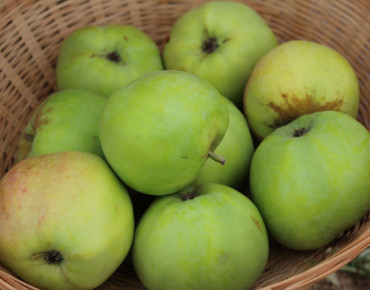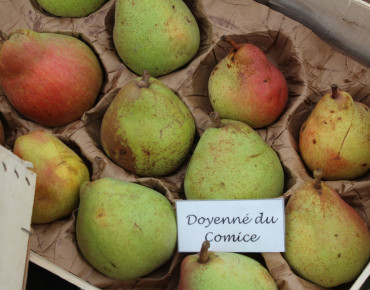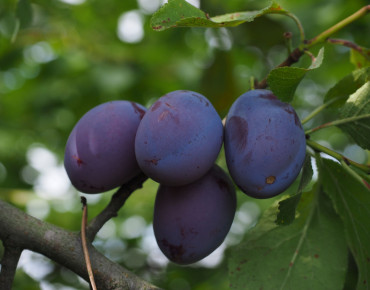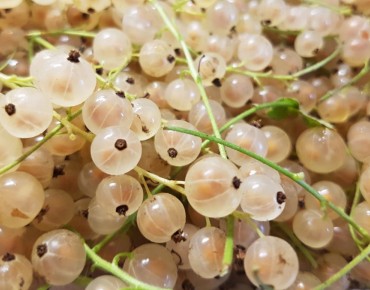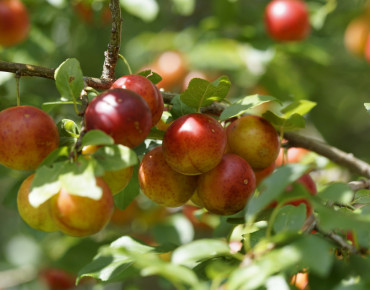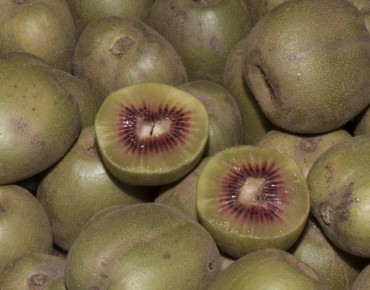- novelty
White currant Zitavia
Ribes rubrum Zitavia
Description
White currant Zitavia – Ribes rubrum ‘Zitavia’
Main interest
Zitavia produces long clusters of translucent white berries with a sweet, gently tangy flavour. A dependable, productive, self-fertile shrub, easy to grow in family orchards and edible gardens.
Origin and characteristics
From the European species Ribes rubrum, Zitavia stands out for consistent yields and refined flavour. Deciduous, rounded shrub (about 1.2–1.5 m), light green trilobed leaves, airy branching that eases picking. Self-fertile and hardy, reliable across a range of climates.
Flowering and fruiting
Spring bloom (April–May) with nectar-rich, greenish racemes attracting bees. Clusters of translucent, glossy berries ripen typically late June to July. Juicy, mild and lightly acidic; excellent fresh, in jellies, juices, and desserts.
How to plant and suitable soil
Dig a wide hole, loosen 35–40 cm deep, enrich with mature compost. Ideal soil is humus-rich, slightly acidic to neutral, moist yet well-drained. Set slightly deeper than the crown to encourage new shoots, backfill with soil/compost, water generously, and mulch (straw, chips, leaves). Avoid drought stress and waterlogged sites.
Watering
Keep even moisture, especially in year one and during dry spells. Mulch stabilises moisture and supports uniform fruiting.
Pruning
Winter pruning: remove wood older than three years, keep 8–10 shoots of varied ages, open the centre, lightly tip-prune young wood for long, accessible clusters.
Propagation
By hardwood cuttings in winter or layering in spring; both reliable with good drainage.
Uses and value
Superb for fresh eating, jellies, coulis, pies, and juices. Delicate flavour and bright colour bring clarity and elegance to preparations.
Diseases and resistance
Generally robust. Watch for powdery mildew and aphids in stagnant conditions. Prevent with airflow, regular pruning, mulch, and measured watering; gentle remedies if needed.
Tips for success
Humus-rich, moist–drained soil, permanent mulch, light organic feeding in spring (potash), annual pruning, sun to partial shade, shelter from drying winds.
The White currant Zitavia (Ribes rubrum ‘Zitavia’) is a dependable choice for edible landscapes. Self-fertile, hardy, and productive, it bears long clusters of translucent berries with a mild, refined acidity. Spring flowers draw pollinators, while humus-rich, well-drained soil and steady moisture secure consistent yields. Winter pruning favours young wood and long racemes, perfect for fresh eating, jellies, juices, and desserts. Combining ornamental appeal with flavour and ease of culture, Zitavia suits small gardens, hedges, and fruit borders. Gardeners seeking a white currant with graceful presentation, balanced sweetness, and straightforward care will find Zitavia a sustainable variety that aligns yield with quality.
Features
- Common name : White currant Zitavia
- Family : Grossulariaceae
- Category : fruit tree
- Spread : 1 to 1.20 m
- Foliage : deciduous
- Fruit : Fruit clusters, 10 to 15 cm long, translucent golden berries when ripe, sweet and mild.
- Harvest : July
- Use : shrubbery - free or fruit hedges
- Soil : all
- Habit : bushy
- Enemies : aphids - caterpillars
- Possible diseases : Powdery mildew - rust
Expédition & livraison
How does the delivery work?
 As soon as you place your order your plants are selected
As soon as you place your order your plants are selected Each order is processed individually.
Each order is processed individually. Plants are packed, staked and labeled.
Plants are packed, staked and labeled. Packaging is carefully implemented to avoid any problems.
Packaging is carefully implemented to avoid any problems. Packages are ready to be shipped.
Packages are ready to be shipped.
Our delivery methods
Shipping of our plants throughout Europe (except overseas and islands).
Customer reviews

